I have a complicated relationship with the maps on my phones. Between my two phones I have four maps, each good for particular things at different times. Some things no map will say, like that the last few miles of both county roads 020 and 004 have fallen into disrepair and are practically impassable after a rain. Usually I don’t have map problems, but yesterday I seemed to find some kind of interruption of space and time on my apple map and spent a good chunk of the afternoon trying to figure out why there was no way to get on the road that we needed to take.
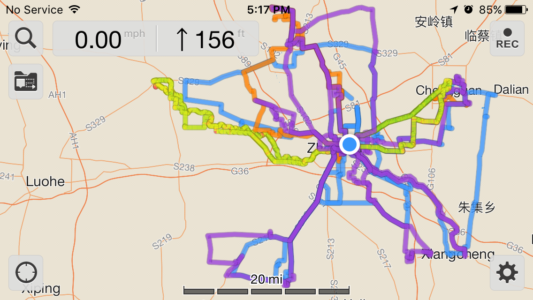
We’ll only be here a few more weeks and I’m trying to hit all the culturally significant sites I can find on my maps. Yesterday it was Nandun ancient town near Xiangcheng. It’s known as the “Ghost City” because spirits purportedly built it in one night in response to the devotion of the King. It has a section of city wall over 2000 years old and incense has been offered without interruption for that long as well. Most of the sites I’ve managed to find seem to be little known to those from outside the area.
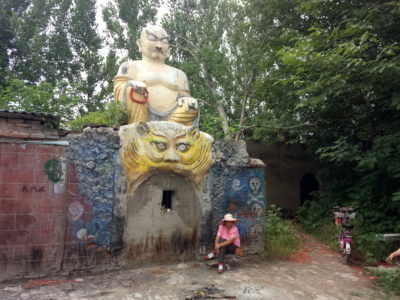
I’d been on most of the 020 before, and it took us almost directly to Nandun. What I didn’t know about were those last few km. Unfortunately there was no other good way to go so we powered through the deteriorating asphalt and giant potholes full of mud.
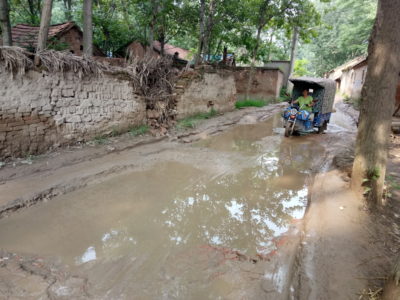
I vowed not to go back the same way and when the time came, studied my map for a better route. I am told I studied it for two hours but I think that’s an exaggeration. Either way, I could find no other good route that didn’t take us either on a busy highway with no shoulder and under construction, or impassably muddy levee roads. I finally traced a rat-maze like path through villages, only to find that the entrance to the road I was looking for couldn’t be found. Finally, on yet another pass attempting to find that thin, gray map line I decided we should just cut across the fields on a path to where I knew it should be. We did find it that way, and Steve helped free a stuck three-wheeler from a muddy rut on the way.
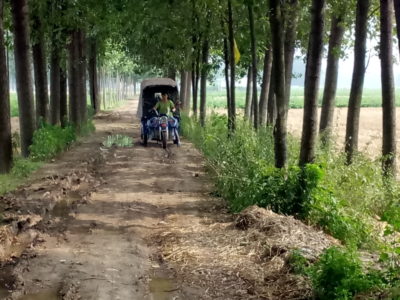
Other map hiccups involve the times I’ve looked for relic sites that must be under buildings or in backyard gardens guarded by dogs, because that’s where the map sent me.
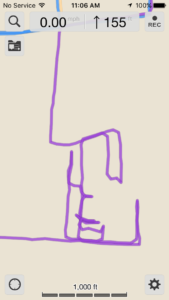
Often the little roads change abruptly from hard surface to dirt with no change on the map. The last time that happened was also after a rain. When the good road ran out I thought I’d take my chances on the nearby levee. I crossed the field and hauled my bike up the embankment, only to see that that was a bad idea because the levee was in even worse shape. It was far better to ride along the edge of the newly harvested wheat fields.
It’s often an adventure, but I always find my way back. Sometimes in spite of the map.

Sounds like rural China could benefit from participating in Open Street Maps, basically Wikipedia for maps. The data is used on almost every web-based mapping tool out there, including your Galileo app.
https://www.openstreetmap.org/about
One more thing… Uploading your recordings would also be useful: http://wiki.openstreetmap.org/wiki/Recording_GPS_tracks